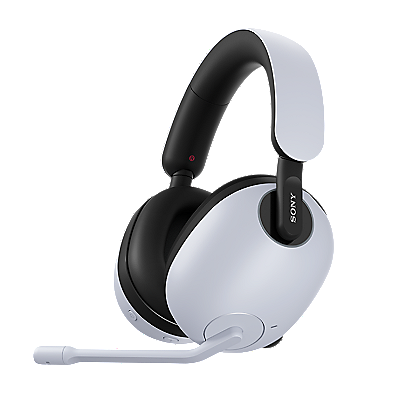What are the differences in DLNA device classes?
DLNA Certified televisions, Blu-ray Disc™ (BD) players, computers and mobile phones are not all the same. While the certification assures that the devices will operate to a certain standard, the DLNA® capabilities will allow them to play different roles on the network. The following is a list of classes of DLNA products based on there capabilities as listed on the DLNA.org website:
NOTES:
- Refer to the operations manual or help files for model-specific information regarding the DLNA functunality of your devices.
- The number and types of classification are subject to change, visit the DLNA.org web site for additional and up to date information.
Home Network Devices:
Digital Media Server (DMS):
- These devices store content and make it available to networked digital media players (DMP) and digital media renderers (DMR). Some digital media servers can also help protect your content once stored.
- The most common examples of DMS enabled devices are computers and network attached storage (NAS) devices
Digital Media Player (DMP):
- These devices find content on digital media servers (DMS) and provide playback and rendering capabilities.
- The most common examples of DMP enabled devices are TVs, stereos and home theaters, wireless monitors and game consoles.
Digital Media Renderer (DMR):
- These devices play content received from a digital media controller (DMC), which will find content from a digital media server (DMS).
- The most common examples of DMR enabled devices are TVs, audio/video receivers, video displays and remote speakers for music.
Digital Media Controller (DMC):
- These devices find content on digital media servers (DMS) and play it on digital media renderers (DMR).
- The most common examples of DMC enabled devices are Internet tablets, Wi-Fi® enabled digital cameras and personal digital assistants (PDA).
Digital Media Printer (DMPr):
- These devices provide printing services to the DLNA home network. Generally, digital media players (DMP) and digital media controllers (DMC) with print capability can print to DMPr.
- The most common examples DMPr enabled devices are networked photo printers and networked all-in-one printers.
Mobile Handheld Devices
Mobile Digital Media Server (M-DMS):
- These wireless devices store content and make it available to wired/wireless networked mobile digital media players (M-DMP), digital media renderers (DMR) and digital media printers (DMPr).
- The most common examples M-DMS enabled devices are mobile phones and portable music players.
Mobile Digital Media Player (M-DMP):
- These wireless devices find and play content on a digital media server (DMS) or mobile digital media server (M-DMS).
- The most common examples M-DMP enable devices are mobile phones and mobile media tablets designed for viewing multimedia content.
Mobile Digital Media Uploader (M-DMU):
- These wireless devices send (upload) content to a digital media server (DMS) or mobile digital media server (M-DMS).
- digital cameras and mobile phones.
- The most common examples M-DMU enable devices are digital cameras and mobile phones.
Mobile Digital Media Downloader (M-DMD):
- These wireless devices find and store (download) content from a digital media server (DMS) or mobile digital media server (M-DMS).
- The most common examples M-DMD enable devices are portable music players and mobile phones.
Mobile Digital Media Controller (M-DMC):
- These wireless devices find content on a digital media server (DMS) or mobile digital media server (M-DMS) and send it to digital media renderers (DMR).
- The most common examples M-DMC enable devices are personal digital assistants (PDAs) and mobile phones.
Home Infrastructure Devices
Mobile Network Connectivity Function (M-NCF):
- These devices provide a bridge between mobile handheld device network connectivity and home network connectivity.
Media Interoperability Unit (MIU):
- These devices provide content transformation between required media formats for home network and mobile handheld devices.






















